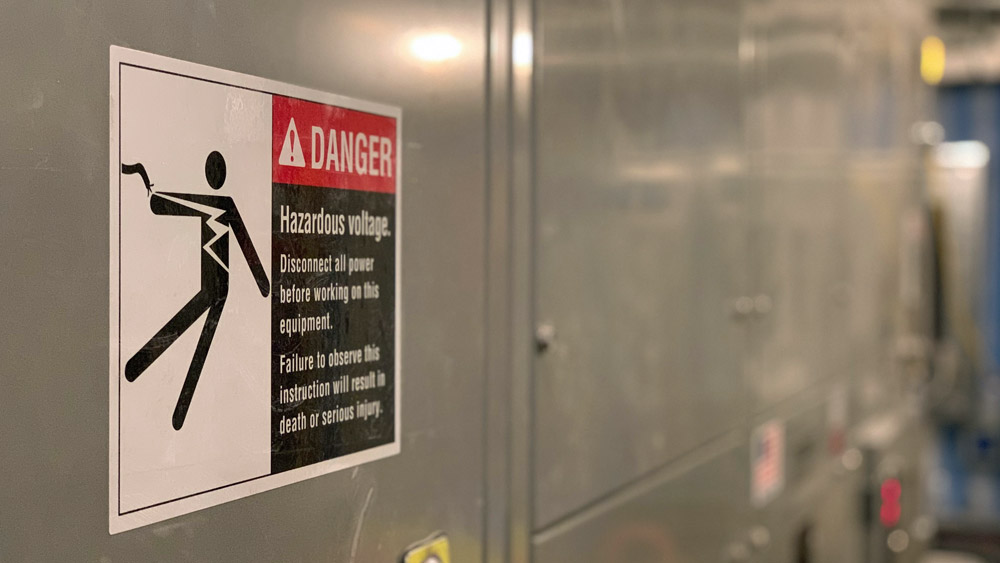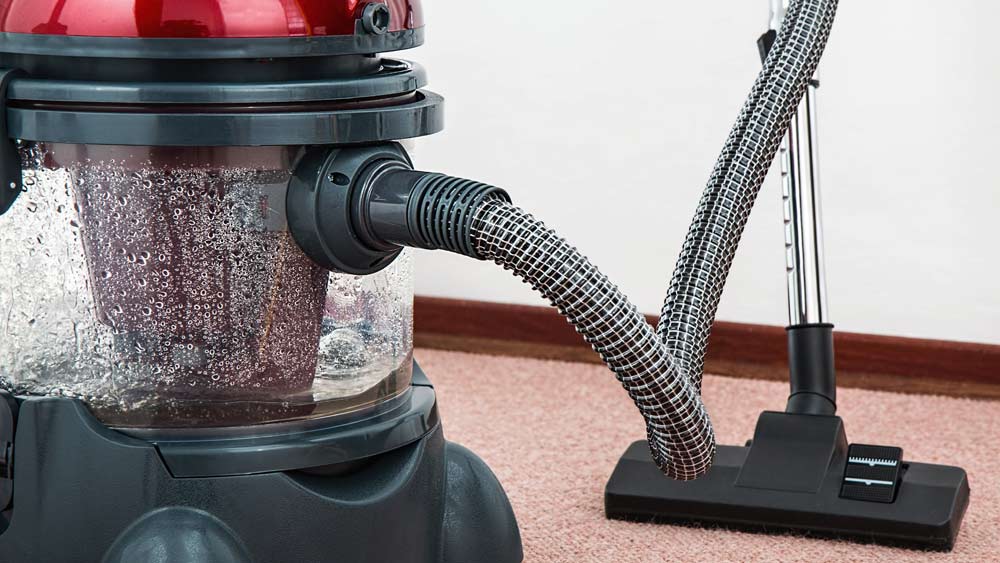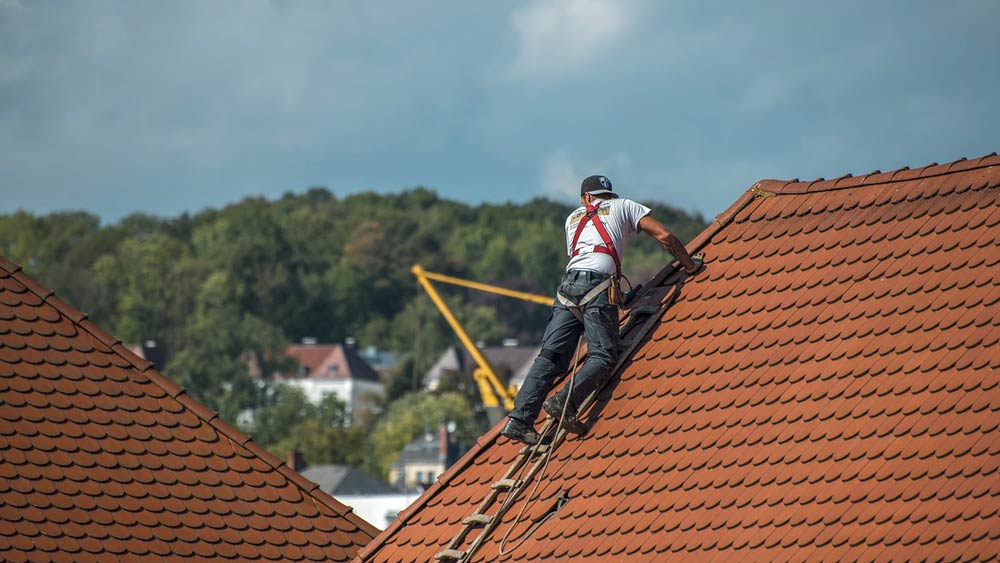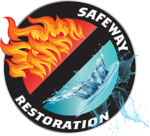Water damage is a severe concern that demands prompt attention and practical solutions. As with many things in life, you want a good game plan in case of disaster since water damage can be dangerous and lead to serious financial issues. Whether you’re an avid DIY-er or you prefer to trust professionals like Safeway Restoration with your water damage clean up, you want to have a clear understanding of what to do in the event of water damage, how to act immediately to mitigate damage, and how to set yourself up so you never find yourself drowning in debt.
Dealing with Burst Pipes in Your Home - A Guide
Experiencing burst pipes is a homeowner's nightmare, but knowing what to do in this situation can make a significant difference. This guide will provide a step-by-step action plan to help you respond swiftly and effectively to minimize water damage.

Immediate Steps if Your Pipes Burst:
1. Shut Off the Main Water Supply: Turn off the main water supply to stop further water flow and prevent additional damage.
2. Turn Off Electricity: Simultaneously, turn off electricity to the affected area to mitigate potential hazards and ensure safety.
3. Assess the Damage: Evaluate the extent of the damage caused by the burst pipes to understand the scope of the situation.
4. Remove Excess Water: Use towels, buckets, or a wet/dry vacuum to remove excess water from the affected area.
Contact a Professional Restoration Service: Reach out to a professional restoration service like Safeway Restoration to promptly assess and address the damage. They will walk you through the next steps and how to process your water damage insurance claim if needed.
Speed is of the essence when dealing with burst pipes. By taking immediate action and contacting your local restoration professionals, you can minimize the situation's impact and protect your home from further harm.

Cleaning Up a Flooded Basement: Step-by-Step Guide
Dealing with a flooded basement can be overwhelming, but a systematic cleanup approach is essential. In this guide, we'll walk you through the steps to efficiently clean up water damage in a flooded basement, ensuring a thorough restoration of your living space.
How to Cleanup a Flood Basement:
- Remove Standing Water: Use a submersible pump or a wet/dry vacuum to eliminate standing water from the basement. Start this process as soon as it's safe to do so.
- Dry the Area: Enhance ventilation and employ fans and dehumidifiers to expedite drying. This helps prevent mold growth and further structural damage.
- Sanitize and Disinfect: Thoroughly clean and disinfect all surfaces in the basement. This step is crucial for preventing mold and ensuring a healthy environment.
- Inspect and Salvage Belongings: Assess items in the basement for damage. Salvage what you can, and discard irreparably damaged items. Pay special attention to valuable belongings and documents.
- Address Structural Repairs: Identify and address any structural damage, including cracks or vulnerabilities in the foundation. Prompt repairs prevent future flooding.
- Implement Preventive Measures: Take preventive measures to avoid future flooding. This might include installing a sump pump, improving drainage, or waterproofing the basement.
Cleaning up a flooded basement demands a strategic approach. By following these steps and enlisting professional help when needed, you can restore your basement and protect it from potential issues in the future.
Mold Growth: The Hidden Consequence of Water Damage
Water damage isn't just about visible destruction; it comes with a hidden companion—mold. In this section, we'll delve into the potential threat of mold as a consequence of water damage, understanding its conditions and emphasizing the critical need to address it promptly during the cleanup process.
- Moisture as a Breeding Ground: Mold thrives in moist environments. Any lingering moisture from water damage becomes an ideal breeding ground for mold spores, initiating growth within 24 to 48 hours.
- Common Conditions for Mold Growth: Warmth, darkness, and organic materials are perfect for mold to flourish. Basements, attics, and areas with poor ventilation are particularly susceptible.
- Health Implications: Mold growth poses health risks, especially for individuals with respiratory conditions, allergies, or compromised immune systems. Common symptoms include nasal congestion, coughing, and throat irritation.
Mold is a silent but significant consequence of water damage, and its impact extends beyond aesthetics, affecting both property and health. You can safeguard your home and well-being by understanding the conditions conducive to mold growth and addressing it promptly during the cleanup.

Preventive Measures for Future Water Damage:
In the aftermath of water damage, the urgency to address immediate concerns often overshadows the essential steps to prevent future issues. Implementing effective preventive measures is the key to safeguarding your property against the hidden threats that water damage can leave behind.
- Regular Plumbing Inspections: Conduct routine inspections of your plumbing system, checking for leaks, worn-out pipes, or signs of corrosion. Address any issues promptly to prevent potential water damage.
- Roof Inspections and Repairs: Regularly inspect your roof for damaged or missing shingles. Addressing roof issues can prevent water from seeping into your home during heavy rainfall.
- Gutter Maintenance: Keep gutters clean and debris-free to ensure proper water drainage. Clogged gutters can lead to water overflow, potentially causing damage to the roof, siding, and foundation.
- Landscaping Considerations: Ensure that the landscape around your home encourages water to flow away from the foundation. Proper grading can prevent water accumulation near the base of your home.
- Awareness and Quick Response: Stay vigilant for early signs of water damage, such as stains on walls or ceilings, musty odors, or unexplained increases in water bills. Quick response to any water-related issues can mitigate potential damage and save you from costly repairs.
By incorporating these preventive measures into your regular home maintenance routine, you can significantly reduce the risk of future water damage and ensure the long-term integrity of your property.
Safeway Restoration is the Safest Way to Clean Up Water Damage in Spokane
The importance of swift action cannot be overstated in the unpredictable dance with water damage, from burst pipes to flooded basements. From the immediate response to future-proofing, this guide has comprehensively laid out the steps to tackle water damage. Regarding the intricacies of cleanup and prevention, Safeway Restoration stands ready to orchestrate your water damage restoration, ensuring your property is reclaimed and fortified against future water damage. Trust Safeway Restoration to be your partner in safeguarding your home from the ever-present threat of water damage, providing professional cleanup and restoration services tailored to your needs.
